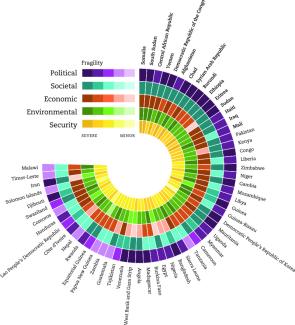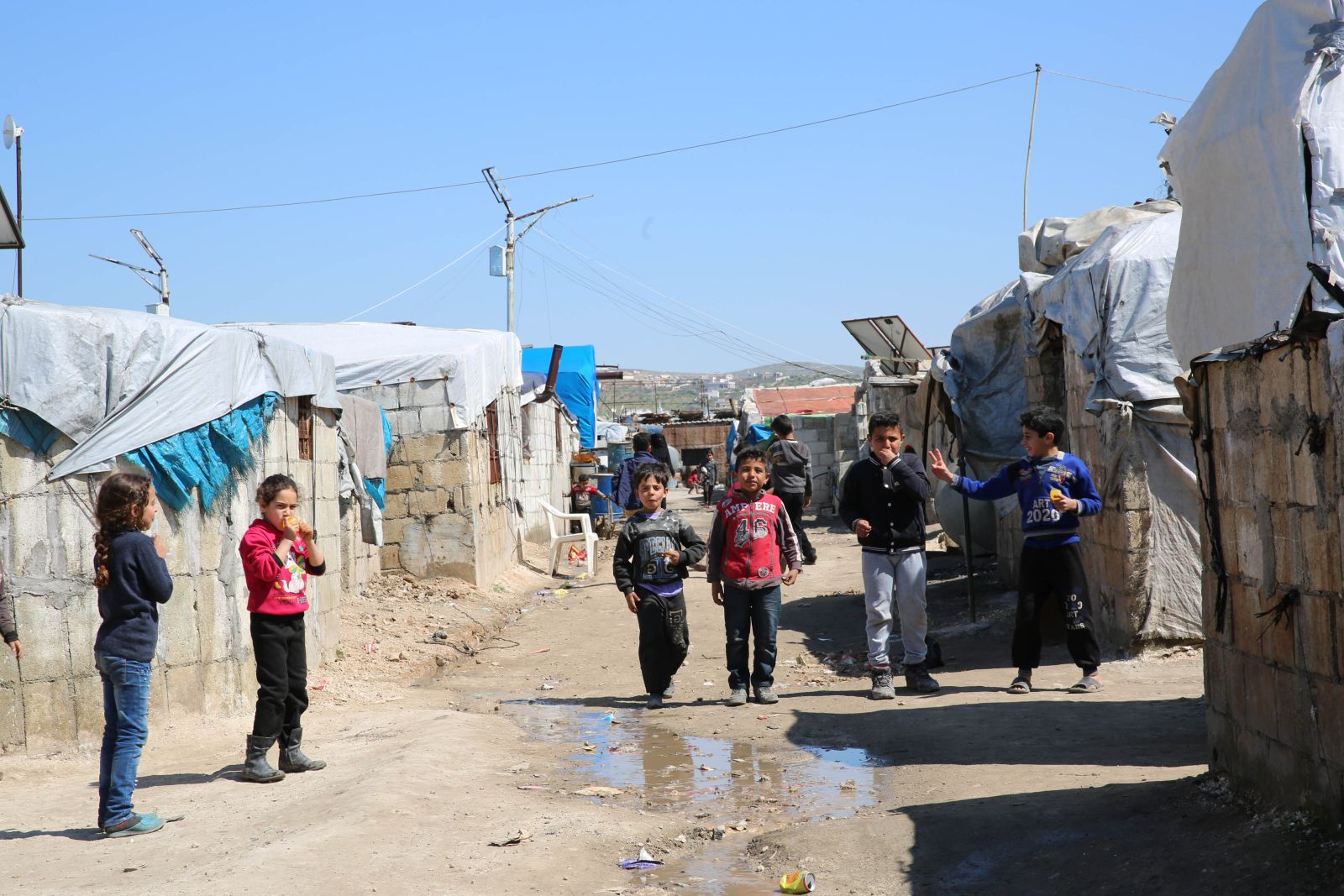SDGs
Fragile statehood deserves special attention

Fragile states fail to perform basic governance functions in areas like security, rule of law and social services. They are less likely to achieve the Sustainable Development Goals (SDGs) than fully operational states. Therefore, fragility is a major hurdle to SDG implementation, and more efforts are needed to address it properly. According to the OECD report “States of fragility 2018”, the international community must strive harder “to better understand, anticipate and respond to both the drivers and consequences of fragility”. The report acknowledges, however, that some fragile states have made important strides towards achieving sustainable development.
According to the report, fragility is at the core of most human suffering, including terrorism, other kinds of violence, displacement or hunger. Fragility is also getting worse. Currently, about 1.8 billion people live in the 58 fragile contexts the OECD identified. Most are in sub-Saharan Africa. Fifteen countries are considered extremely fragile, and nine countries were in active armed conflict in 2016. The OECD’s multidimensional fragility framework is designed to capture how coping capacities relate to risks in five dimensions (see illustration).
Without action, the number of people living in such places is projected to grow to 2.3 billion, so more than 80 % of the world’s poorest people would be affected by 2030. That is the target year for achieving the SDGs. By 2050, the number of people suffering fragile statehood might even rise to 3.3 billion.
Gender disparities are particularly wide in fragile states, while quality education is rare. Most refugees come from troubled countries, which, nonetheless, host more displaced people than other countries do. ODA matters immensely in fragile states, the authors emphasise. In 2016, 65 % of the total funding went there. However, a large share is used for humanitarian assistance, so it does not address the drivers of fragility (see briefing on The Challenges of humanitarian relief), as the OECD authors point out. In fragile contexts, moreover, other sources of financing such as remittances, foreign direct investment and domestic resources are less available too.
According to the report, ODA is too focused on only a handful of places and not properly aligned to the needs of fragile states and regions. Therefore, the authors want more money to be spent on conflict prevention and peacebuilding. In 2016, only two percent of total ODA to fragile contexts went to conflict prevention, and only 10 % served peacebuilding. Another point the report emphasises is the need to deliver hope to people suffering fragile statehood. The goal is not only to keep people alive, but to boost justice, equality, sustainability and the quality of life in general.
Link
OECD, 2018: States of fragility 2018. OECD Publishing, Paris.
https://doi.org/10.1787/9789264302075-en












